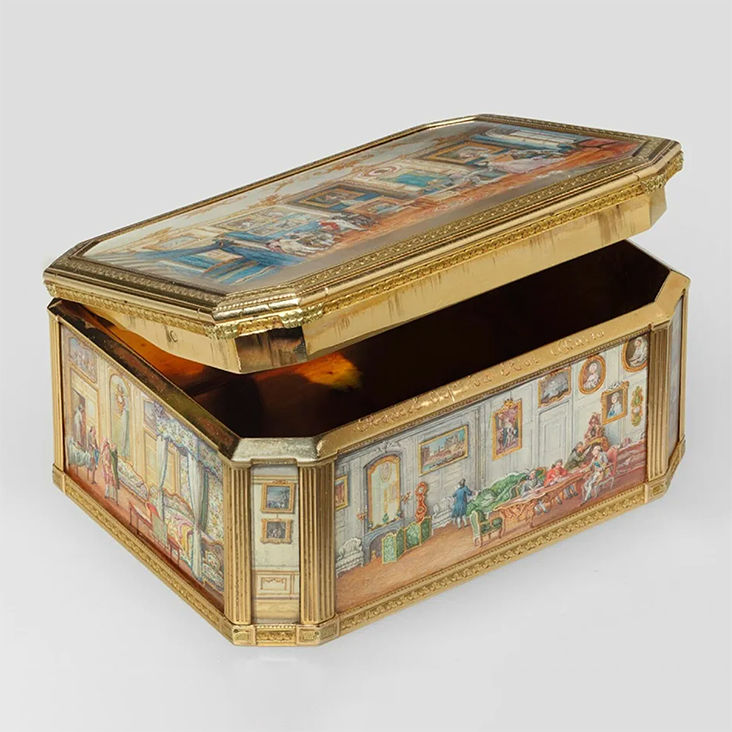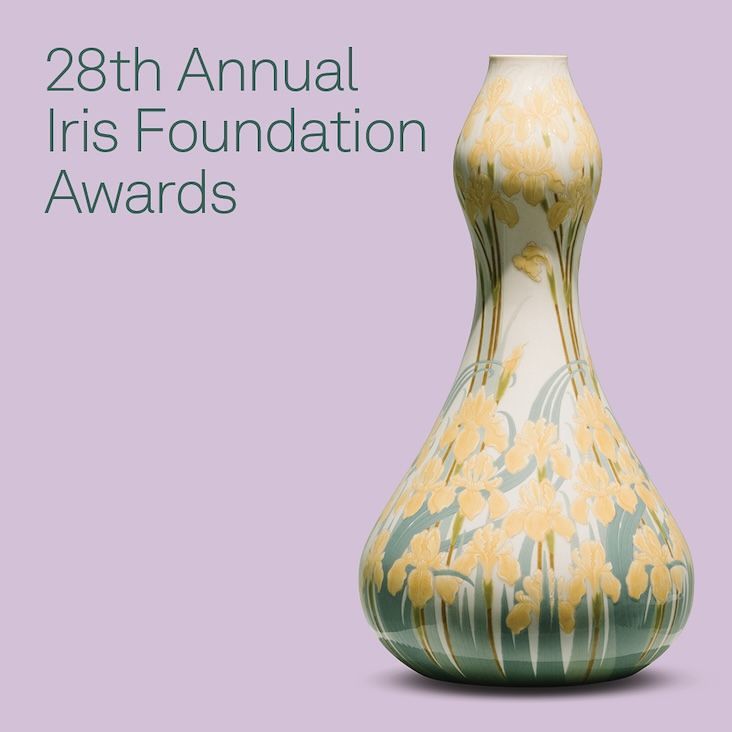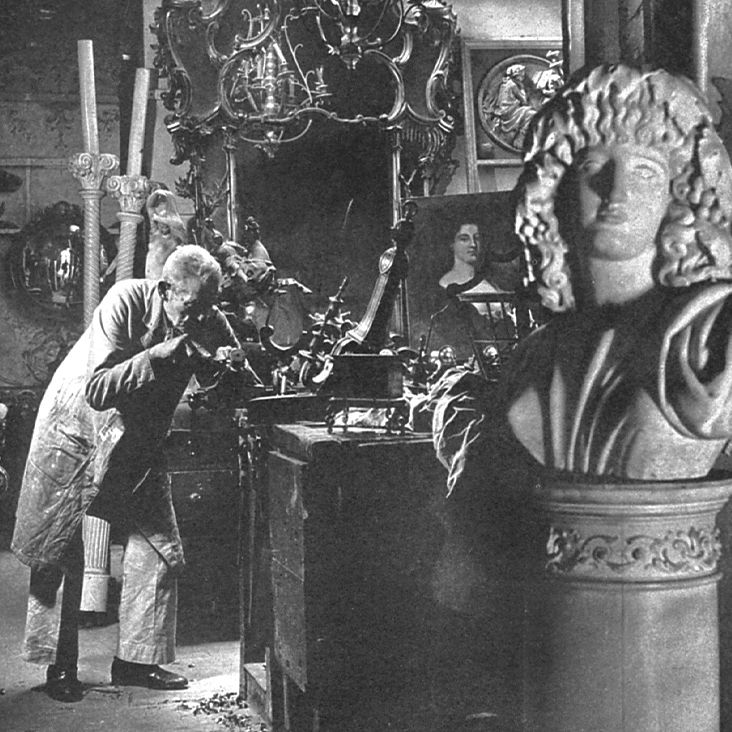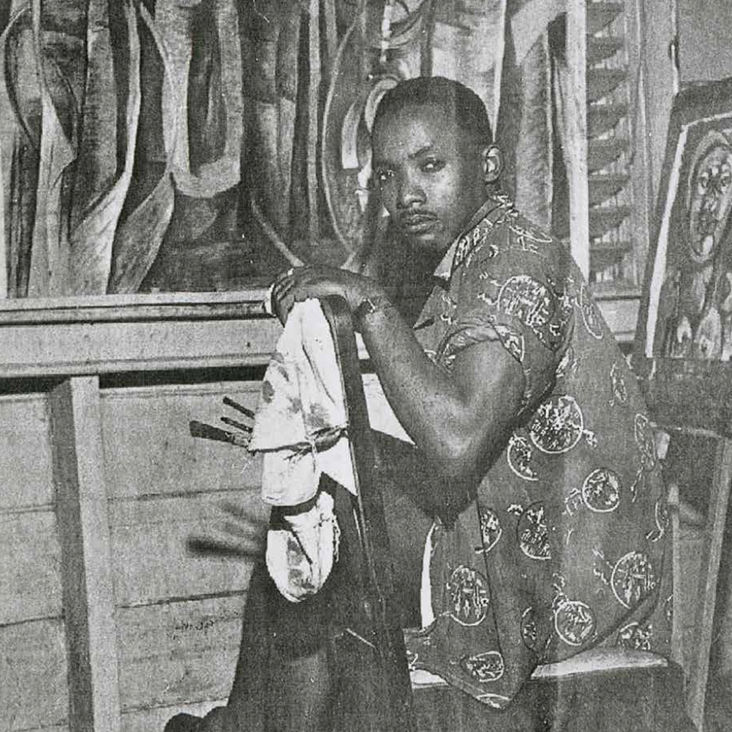This Week

About
Upcoming Exhibitions
BGC Gallery will resume its exhibition programming this September with the return of Sèvres Extraordinaire: Sculpture from 1740 until Today, originally slated for fall 2024.
Bard Graduate Center is an advanced graduate research institute in New York City dedicated to the cultural histories of the material world. Our MA and PhD degree programs, Gallery exhibitions, research initiatives, scholarly publications and public programs explore new ways of thinking about decorative arts, design history, and material culture.

About
28th Annual Iris Foundation Awards
Honoring Irene Roosevelt Aitken, Dr. Julius Bryant, Dr. Meredith Martin, and Katherine Purcell














